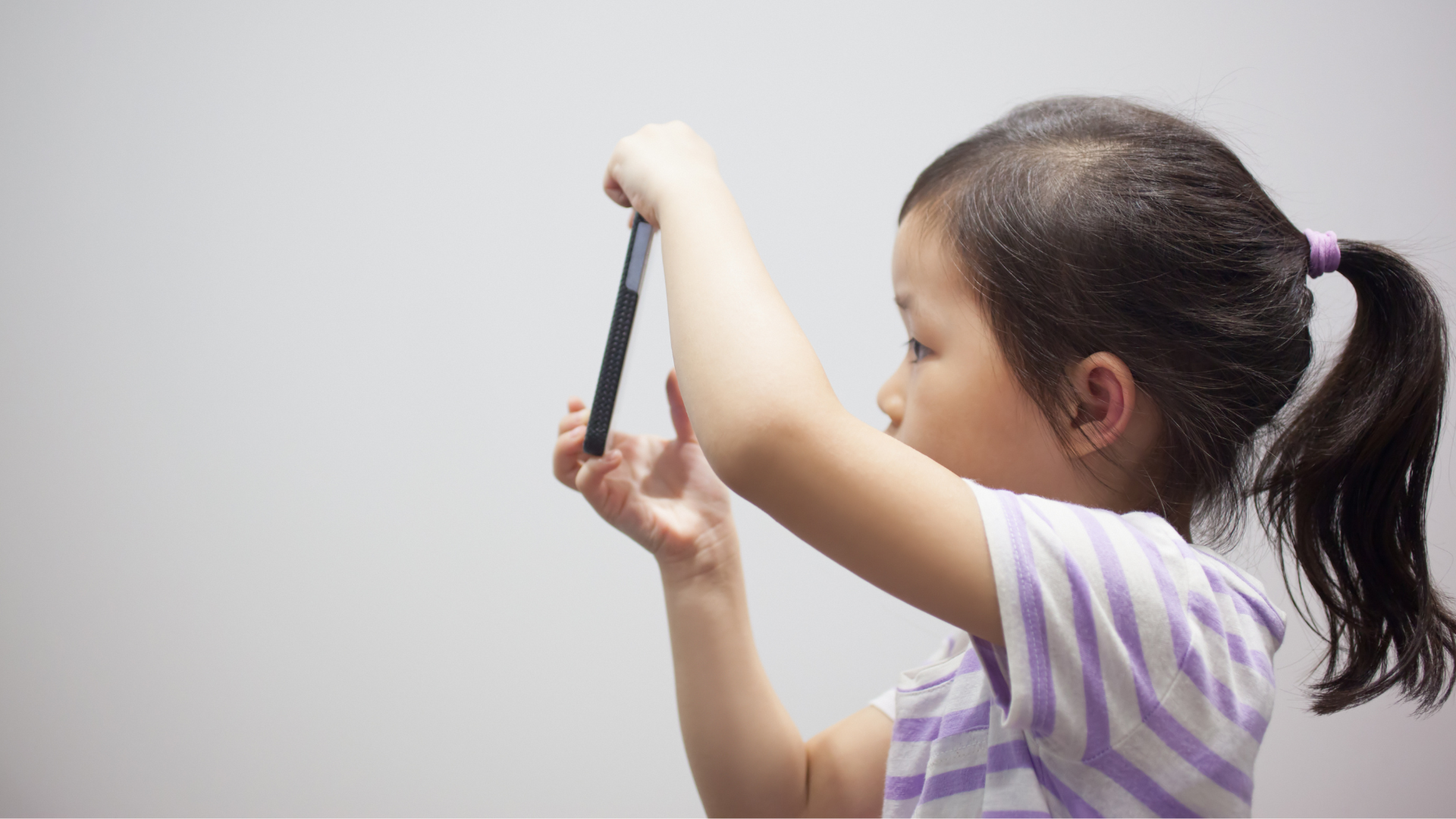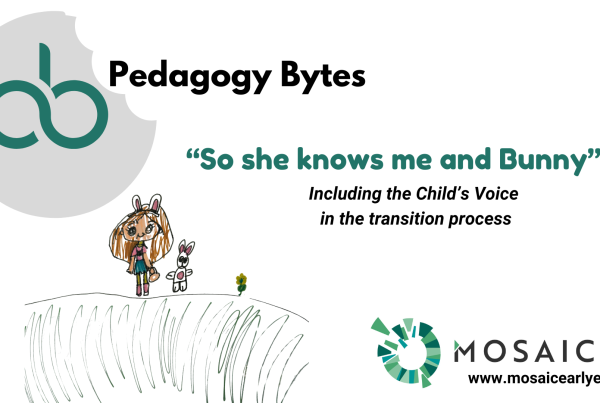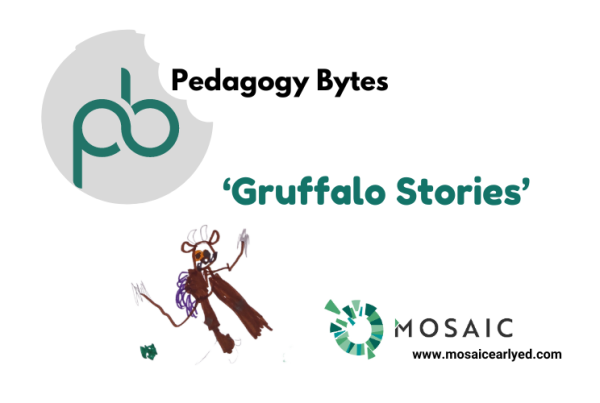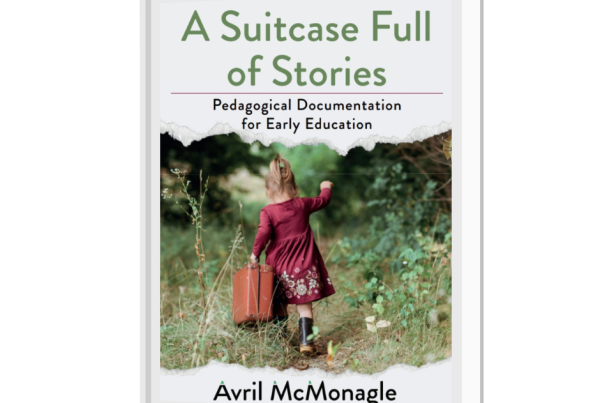A fundamental role of pedagogical documentation is to listen to the children’s feelings, preferences, or interests, including nonverbal forms of communication such as gestures, facial expressions, drawings, or paintings. These communication forms cannot be adequately documented by standardised checklists or single mode documentation. Rather we need imaginative, multi-modal techniques, employed by proficient educators to capture the voice of babies, toddlers and young children.
PHOTO VOICE and VIDEO VOICE:
A powerful child-led action to enable listening, understanding and change
‘Photo Voice’ has its roots in action research where marginalised individuals and groups are given the opportunity to take photographs to promote dialogue to share and deepen understanding of an issue or concern and bring about change.
One cannot help drawing comparisons with the powerful potential of using photographs taken by children, to document children’s voice, participation and learning. Photo Voice enables children to create symbolic representations to offer insight, communicate their experiences and help others see the world through their eyes.
Similarly, ‘Video Voice’ – where short videos are used as part of the documentation process, capture subtle interactions that can easily be missed – a glance of friendship, a nod of belonging or a common interest acknowledged. This is particularly powerful when used with babies and toddlers.
The added advantage to video documentation is that it enables educators to slow down, review and reflect on the child’s behaviour and play. It also makes possible ‘in the moment’ shareability with parents and supports an ethos of partnership with parents.
Meaningful Communication
Child ‘Voice’ in the context of Photo Voice and Video Voice can be used to give the child the right and opportunity to communicate a feeling or opinion in matters that impact on them. Photographs and video can be used for reflection with children and discuss ideas to bring about change. For example:
- What is important to the child
- What the child’s strengths are
- What they like/dislike
- What they are interested in
- What they would like to change
- Things they want to talk about
- Information that they want to share with others.
The ‘My View’ Learning Story
The ‘My View’ learning story on MOSAIC Educator does just that. The ‘My View’ story offers educators a pedagogical tool that is used as part of the documentation process. This is a practical response to The Participation Framework: National Framework for Children and Young People’s Participation in Decision-making (DCEIY 2021).
Whilst the MOSAIC multi-modal documentation system enables the participation of children in a variety of ways, ‘My View’ leaves no room for misinterpretation in terms of the inclusion of child voice employing photovoice and communication.
The unique and innovative design of ‘My View’ puts a spotlight on completely child-led pedagogical engagement. The story format uses child photovoice and discussion as a means for children to express and deepen their understanding of an issue, concern or idea. The visual images and accompanying narrative are a pedagogical tool that give ‘Space, Voice, Audience and Influence’ (Lundy 2007) to early childhood experiences.
Ref: McMonagle. A. ‘Imaginative Documentation – capturing child voice’. https://www.mosaicearlyed.com MOSAIC Early Education (2024).
For more on Photo Voice and Video Voice, see McMonagle. A. (2024) A Suitcase Full of Stories: Pedagogical Documentation for Early Education. (Chapter 5 ‘The Voice Box’) available on Amazon.com
For more on the MOSAIC Pedagogical Documentation System see www.mosaicearlyed.com




